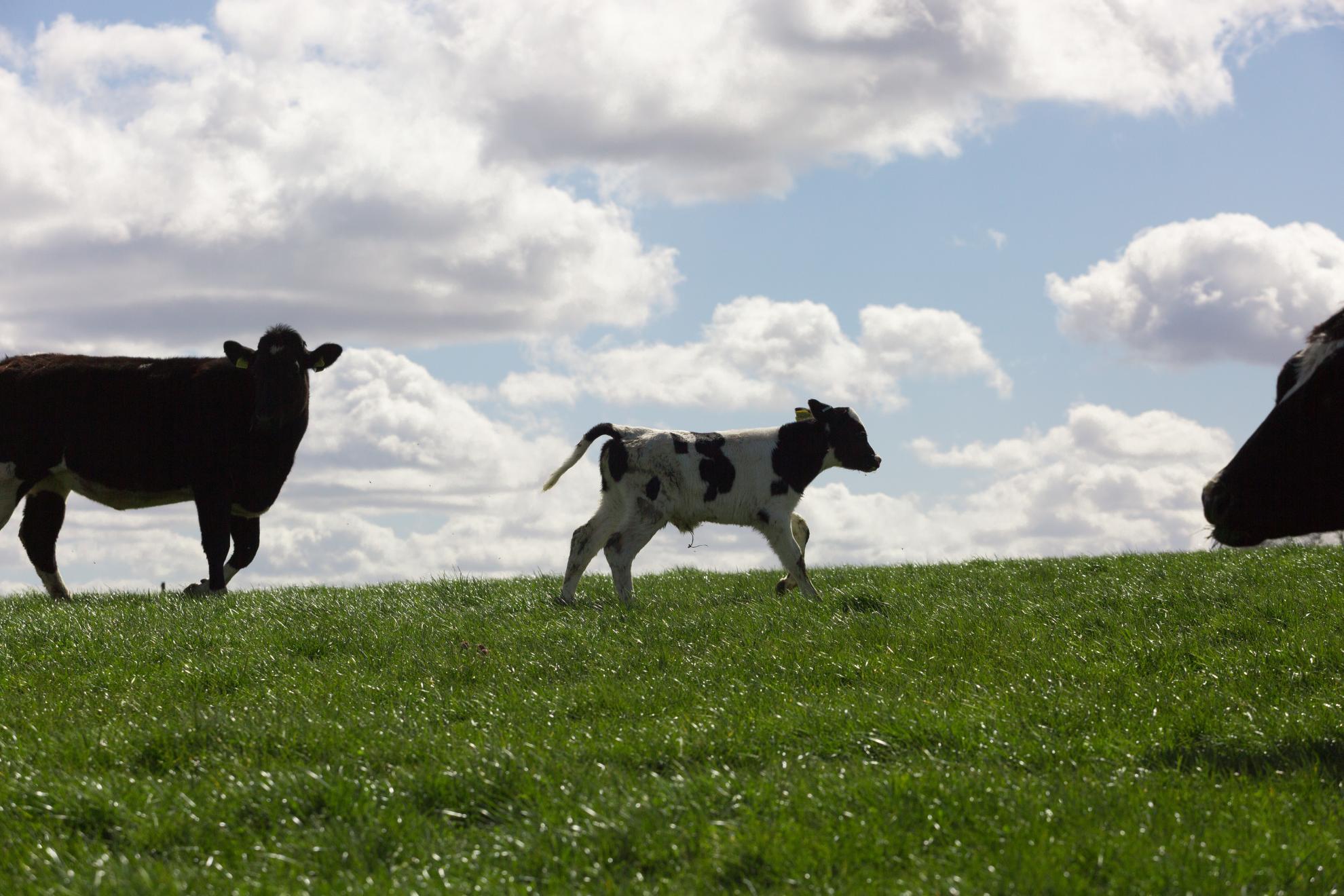The unique evolution of the pig LRC, a single KIR but expansion of LILR and a novel Ig receptor family
The leukocyte receptor complex (LRC) encodes numerous immunoglobulin (Ig)-like receptors involved in innate immunity. These include the killer-cell Ig-like receptors (KIR) and the leukocyte Ig-like receptors (LILR) which can be polymorphic and vary greatly in number between species. Using the recent long-read genome assembly, Sscrofa11.1, we have characterized the porcine LRC on chromosome 6. We identified a ~197-kb region containing numerous LILR genes that were missing in previous assemblies. Out of 17 such LILR genes and fragments, six encode functional proteins, of which three are inhibitory and three are activating, while the majority of pseudogenes had the potential to encode activating receptors. Elsewhere in the LRC, between FCAR and GP6, we identified a novel gene that encodes two Ig-like domains and a long inhibitory intracellular tail. Comparison with two other porcine assemblies revealed a second, nearly identical, non-functional gene encoding a short intracellular tail with ambiguous function. These novel genes were found in a diverse range of mammalian species, including a pseudogene in humans, and typically consist of a single long-tailed receptor and a variable number of short-tailed receptors. Using porcine transcriptome data, both the novel inhibitory gene and the LILR were highly expressed in peripheral blood, while the single KIR gene, KIR2DL1, was either very poorly expressed or not at all. These observations are a prerequisite for improved understanding of immune cell functions in the pig and other species
